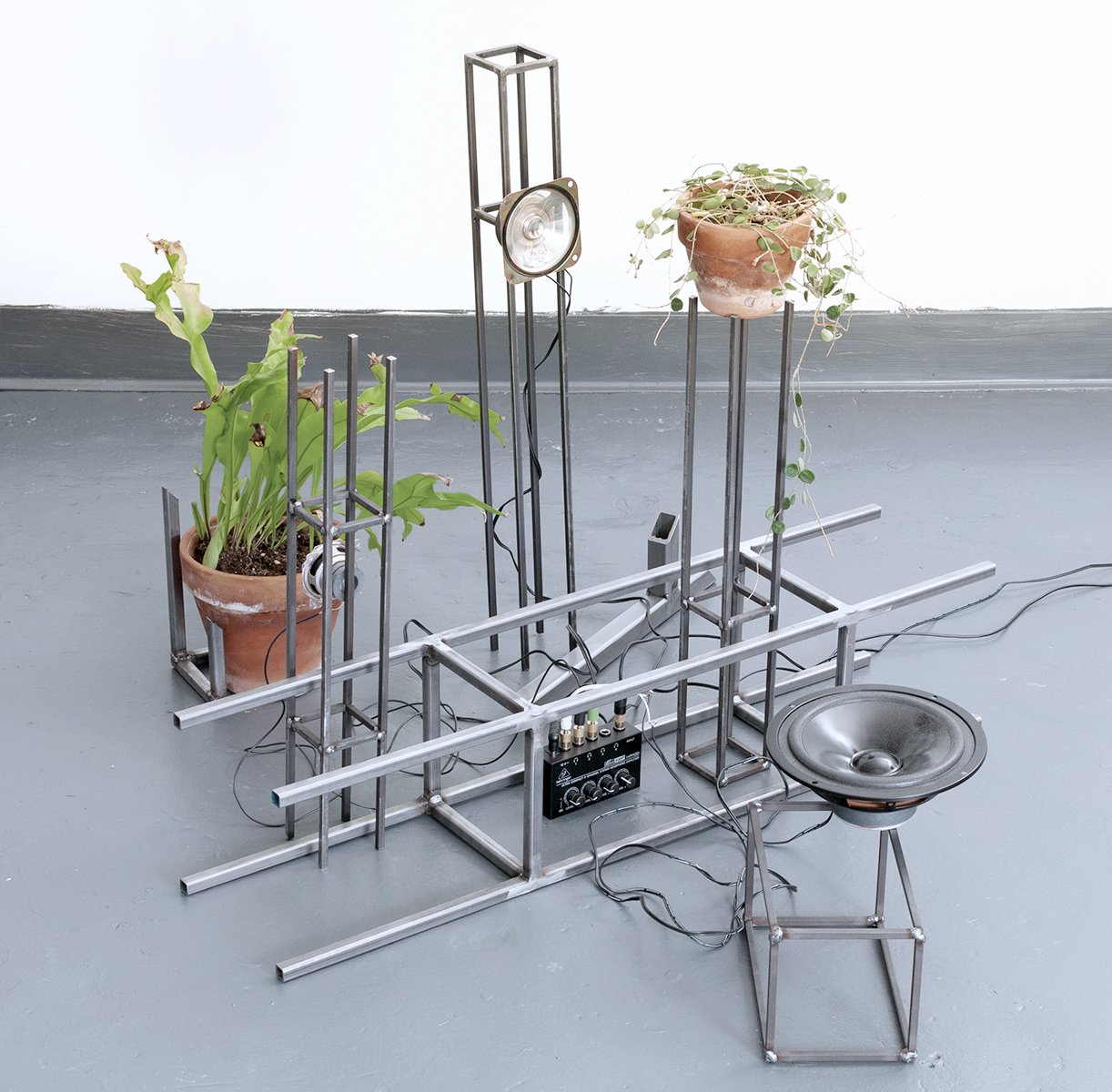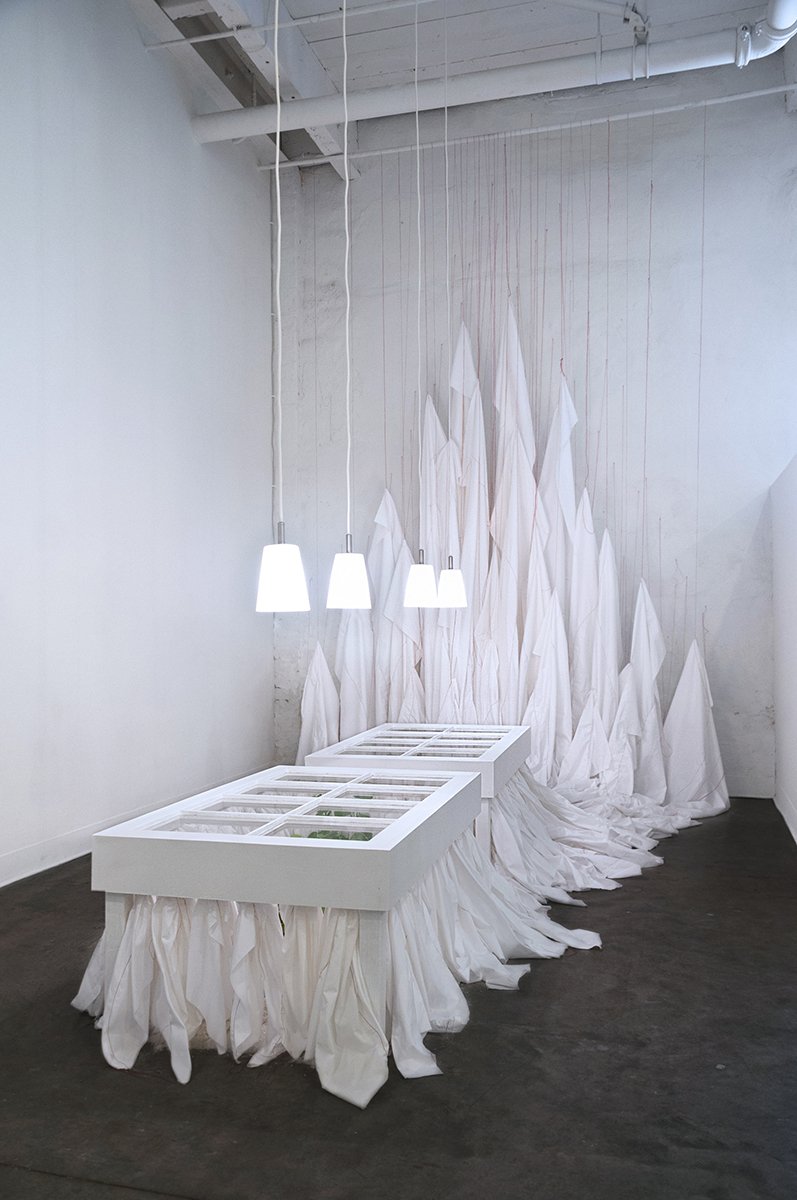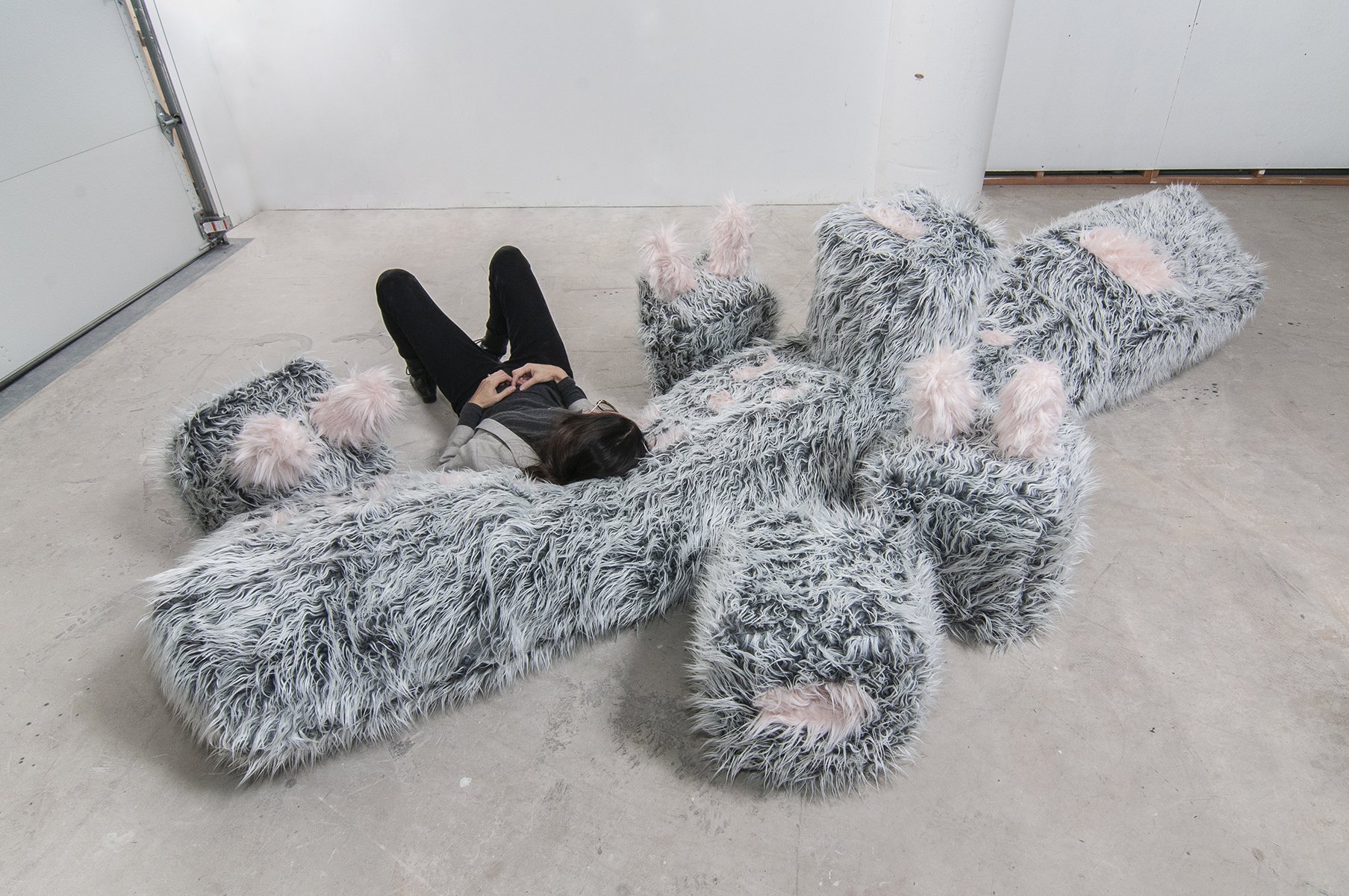Sophia Sobers
Sophia Sobers is an interdisciplinary artist specializing in installations and site specific work. She is interested in investigating the boundaries between science, technology, nature and the spiritual and her work ranges from installation and sculpture to drawing, photography, and digital objects. Sobers holds an MFA in Digital + Media from the RISD and a BS in Architecture at the New Jersey Institute of Technology. She has exhibited her work nationally in institutions such as the Rubin Museum (New York, NY), New Bedford Art Museum (New Bedford, MA), and Westmoreland Museum of American Art (Greensburgh, PA), and has presented her work in solo exhibitions at the University Art Gallery at the University of Pittsburgh (Pittsburgh, PA), AS220 Reading Room (Providence, RI) and Find & Form Space (Boston, MA). She has been invited to create several public art projects and honored to receive numerous commissions and grants, including the Puffin Foundation Grant. Her work has been written about in SciArt Center, E-Squared Magazine, Blouin Artinfo, and the Creators Project.
“Structures for Sound & Plants” - Installation, Soundscape
PP: Walk us through a typical day in your studio or generally through your process to make new work.
SS: A fun habit I’ve begun is playing Survivor’s ‘Eye of the Tiger’ when I get into the studio. I’ll brew a cup of coffee or tea and move on to making a quick ambient soundscape as a backdrop for my day.
Lately, my practice has centered around sewing, embroidery, sound and video projection. I’ll often find myself crafting new prompts to generate videos of abstract interpretations of nature in Disco Diffusion. Since my practice has drifted towards performative sound installations, I find myself experimenting with creative coding, experimenting with motors and microprocessors, and sewing fabric for the next installation in the studio.
“Cellular Exhale” - Installation, Research, Inflatables
PP: What motivates you to make art?
SS: I’m motivated by so many things to make art. It depends on the day, the year, my mood. I make it out of curiosity, to explore and learn, to express myself, to question my surroundings, to question myself. I can make it out of fear, anger, excitement. I push things and myself to see where we go, how far we can go, what can happen. I never want to stop doing that.
PP: What role do you think artists have in society today? What role should they have?
SS: I enjoy the process of making and learning. Introduce me to a new process or technique and I’ll spend the next few months immersed in it! I really enjoy the challenges of new material or mediums and being given opportunities to incorporate my creative explorations into tangible, site-inspired projects.
“At the Cusp of Dawn & Dusk” - Sculpture, Installation
PP: Is community something you value in your practice? Why or why not? What are ways you support other artists?
SS: Absolutely. A thriving community acts as a backbone to feeling supported in the art world. My experience in places like Newark, Providence and Pittsburgh has demonstrated the warmth and inclusiveness of artist communities. In addition, online communities have been a tremendous help in feeling connected to other artists.
Speaking of communities, I like to build communities through curating exhibitions. For me, this is not just about showcasing a specific artist and their work; it’s about creating narratives and bringing artists together who work with similar processes, concepts, or mediums. A show often feels like a success when I get the chance to introduce artists to each other and to make new connections through an exhibition. Most recently, I’ve been collaborating with Laura Horne of Tussle Magazine and the installation artist Steven Pestana to curate a series of one-night interdisciplinary shows called “On the Edge of the Infinite”. I enjoy this because I don’t see enough New Media in emerging art settings lately, so it feels unique. The next one will be on November 18 at the Active Space in Bushwick, please join us!
“Power Tools, Plugged In” - Installation, Participatory, Soft Sculpture
PP: Do you ever work collaboratively and how so? Why or why not?
SS: Yes! Especially in the realms of sound, performance, and video projection. Most recently, I’ve had an ongoing collaboration with a comic named Matt Ruby, who does a semi-regular event called “Misguided Meditations”. For those events, I create videos using code and A.I. and live-mix them using a custom VJ interface that I created using MaxMSP. I even performed live sound at one of those events using synthesizers and guitar pedals.
PP: Who or what has had the biggest impact on your creative practice?
SS: Studying architecture profoundly transformed my artistic journey. It introduced me to a wide range of digital tools, methods, and concepts. I found myself taking a lot of experimental courses like Digital Poetry and Generative Design, which fostered my interest in using computers as aids in the creative process. This shift in working methods and ideologies, transition away from mediums like photography and drawing towards computer-aided design, fabrication and spatial projects.
To learn more about Sophie’s work, see her instagram and website.




